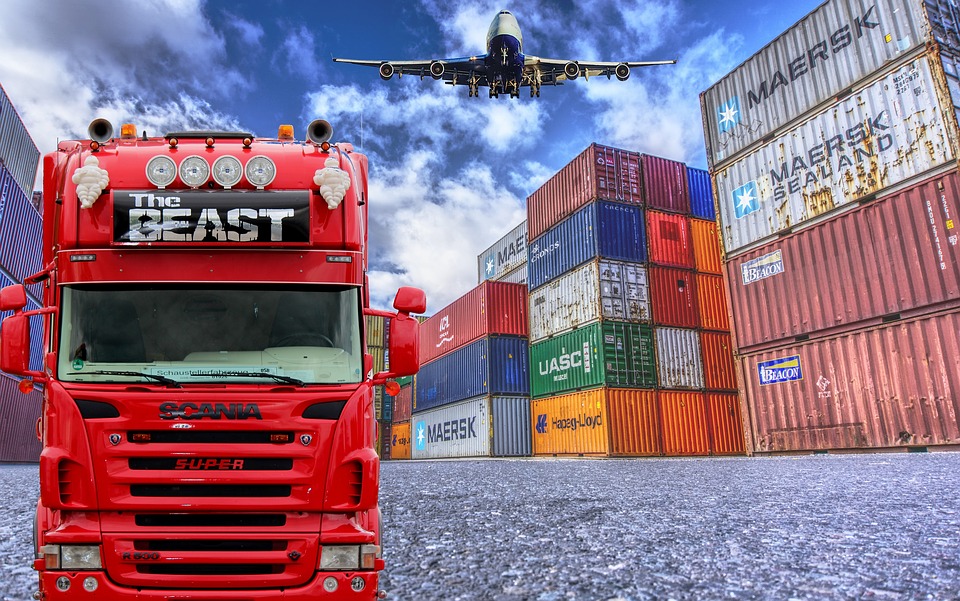
All over the world, strict quarantine and physical distancing measures have resulted in delays, lack of manpower, and loss of jobs for different companies in charge of keeping the supply chain moving. As logistics professionals struggle to come to grips with the new normal, technology steps up and provides potential solutions for bridging the widest pandemic gaps.
Artificial Intelligence Aiding the Supply Chain
Artificial Intelligence thrives on data, an abundance of which comes with being in the midst of a global pandemic. In Canada, a startup called BlueDot fed this data to their AI, which allowed them to issue outbreak warnings as early as the last day of 2019 – much earlier than the World Health Organization’s outbreak declaration on January 9, 2020. Likewise, AI is also behind South Korea’s successful Corona 100m app, which has helped a lot in maintaining quarantine measures on a national scale.
Here in Australia, supermarket chains Coles and Woolsworth has been experimenting with AI for the purposes of predicting supply chain movements in the past year, which has allowed them to respond much faster to sudden market shifts. In the context of the COVID-19 pandemic, this puts the company at an advantageous position in terms of predicting and responding to hoarding patterns, food shortages, and other events concerning the supply chain.
Fleet Management Software
Recently, the Australian Trucking Association (ATA) has been lobbying and campaigning for better pay and safer working conditions for the 200,000 drivers and 50,000 business operators that comprise the country’s trucking industry. Apart from ensuring that drivers get their fair JobKeeper share of the government’s COVID-19 stimulus packages, the ATA has also campaigned for keeping restroom and washroom facilities open throughout trucking routes – both at roadsides and within distribution facilities. This would greatly increase comfort and hygiene for supply chain drivers and workers – arguably as important as providing them with the protective equipment needed for safely making deliveries, which is also part of the ATA’s current campaign. Addressing these widening gaps – much like the supply chain itself – can be greatly aided by the use of fleet tracking and management software.
The operational capabilities afforded by this type of software can help supply chain workers in several ways. A post on the capabilities of fleet tracking software by Verizon Connect lists the benefits of the technology and how it aids the nation’s delivery fleets. Through intelligent GPS-enabled tracking, it’s easier for fleet managers to be on top of where all drivers and assets are in real time, and even enables the planning of the most efficient delivery routes for fleets of all sizes. In terms of the ATA’s concerns, the use of fleet tracking would make it much easier to determine where restrooms and washrooms are needed by supply chain workers the most, as well as pinpoint shortages of personal protective equipment before they happen.
Furthermore, all the data generated from the use of fleet management software can also be later leveraged for analysing operational patterns and identifying key performance indicators. Apart from improving daily operations, this would greatly improve how well the trucking industry itself can respond to its workers needs during the pandemic.
Voluntary Administration
Some companies in the supply chain were hit much harder than others. Such is the case for Virgin Australia. Crippled by the pandemic world’s new travel restrictions, the airline company was forced to undergo voluntary administration, which is similar to declaring bankruptcy. Basically, it’s a rescue mechanism for organizations that have become unable to pay debts. Virgin Australia has been put in the hands of independent administrators from Deloitte, whose job is to recapitalize the business and do what it takes to continue operating scheduled flights, complete all company contracts, and take care of the 15,000 airline and supply chain workers that will be affected by the move.
Speaking with ABC News, Deloitte Administrator Vaughan Strawbridge said that their goal is “to restructure and refinance the business and bring it out of administration as soon as possible. Wages will continue to be paid, and for those who have been stood down, and are accessing JobKeeper, the intention is to continue to make those payments available to those staff.” With cash flow being virtually non-existent because of travel restrictions, and the government refusing to bail the company out, this could be the only way for the company’s employees to survive and for Virgin itself to be able to pay its $5 billion worth of debts in the future.
Bridging the increasingly widening supply chain gaps in the wake of COVID-19 will be hard, not just for Australia, but for the entire world. But with new technologies and administrative concessions in place, the global supply chain might just come out of this pandemic stronger.




